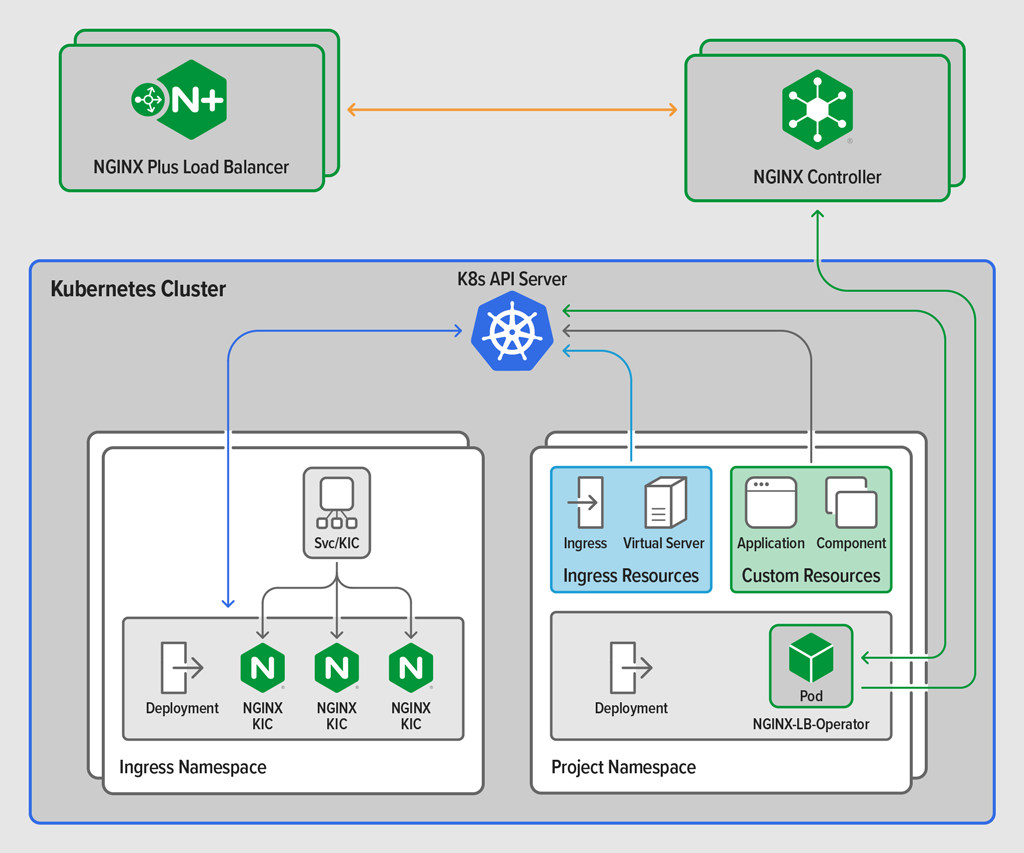

Also, developers should take their time while solving back-pressure problems to prevent any logging issues from arising (and taking even more time to solve). That’s why it’s so important to have a fast disk. If you fail to solve the back-pressure issues, you might end up with DDoS on your log agent. Now, a slow disk might result in significant latency for log transport. However, while it’s possible to avoid emitting the log, doing the same for a part of collecting the log isn’t an option. One way to deal with that would be to disable logging the namespace which is proving to be problematic. Moreover, a single error might create more errors in a given worker node. This often creates a noisy environment that developers might find hard to navigate. Since every node can run up to 110 pods, developers need to find a method of ensuring that their log agency is able to collect logs from all of those pods. And this presents developers with a new challenge. If that pod ends up being rescheduled, this will impact all of the other pods in the worker node. You will find only one pod per each Kubernetes worker node.
What is kubernetes and what problem does it solve how to#
How to meet logging Service Level Agreements (SLAs)? We also show how a managed service can help developers take care of logging without breaking a sweat (and devote their precious time to coding instead). In this article, we explore the problem of log collection and processing in Kubernetes by asking a few important questions. But what are the most common challenges in Kubernetes log processing, and how can developers deal with them?

They come in handy for debugging and monitoring cluster activity. Application logs are a great help in understanding what’s happening inside the application.


 0 kommentar(er)
0 kommentar(er)
